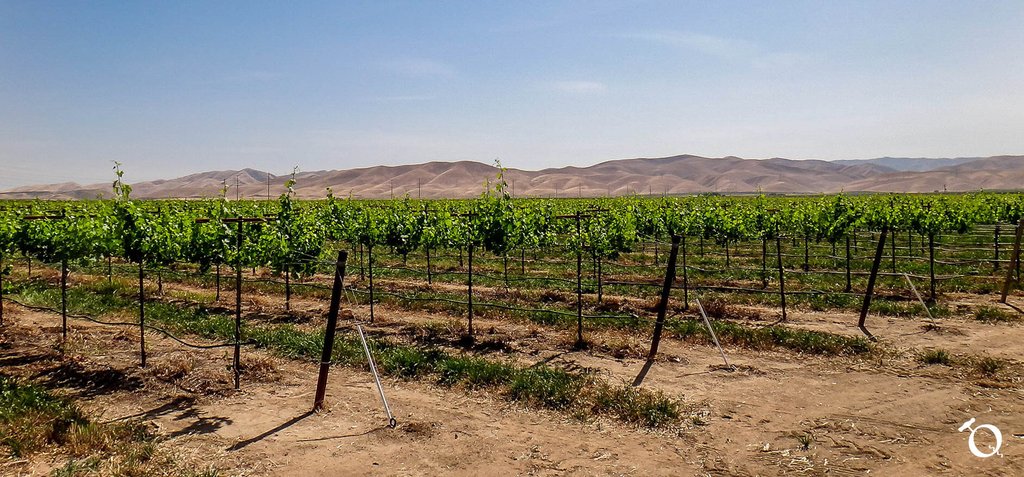August 30th - This Date in Wine History
/Wine has a long established history of being our drink of choice for celebrating, entertaining, and savoring life; but it didn't start out that way. From the invention of the barrel to the designation of the separate viticultural areas, wine has a long and sorted history. In our daily feature "This Date In Wine History," we share an event of critical importance in wine history.
- Joseph Dennie, American author and journalist was born in 1768. He was a Federalist who also published under the names Oliver Oldschool, Academicus and Sociais. He was described as having health trouble throughout his life as well as a predilection for wine.
- Agoston Haraszthy, the "Father of California Viticulture" and founder of Buena Vista Vineyards was born in 1812
- The Pharmaceutical Journal for 1873 provided a general recipe for Iodine wine which is made by fermented grape juice in contact with powdered marine plants.
- The Mississippi Delta AVA was designated in 1984.
- It is the feast day of St. Fiacre. He is the patron saint of gardeners.
- Happy International Cabernet Day!





















